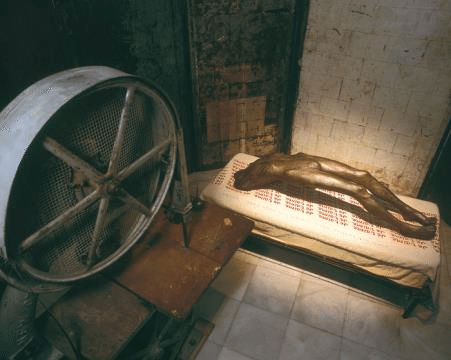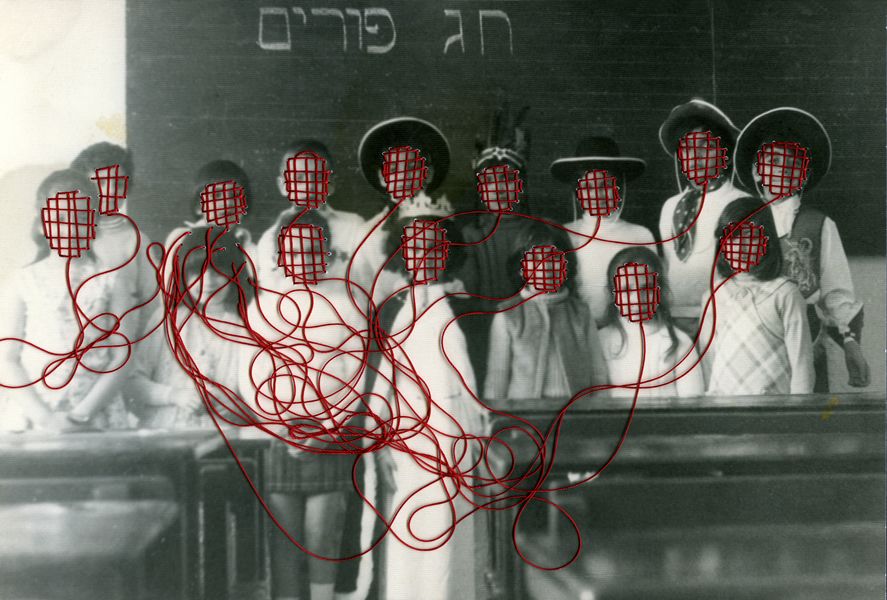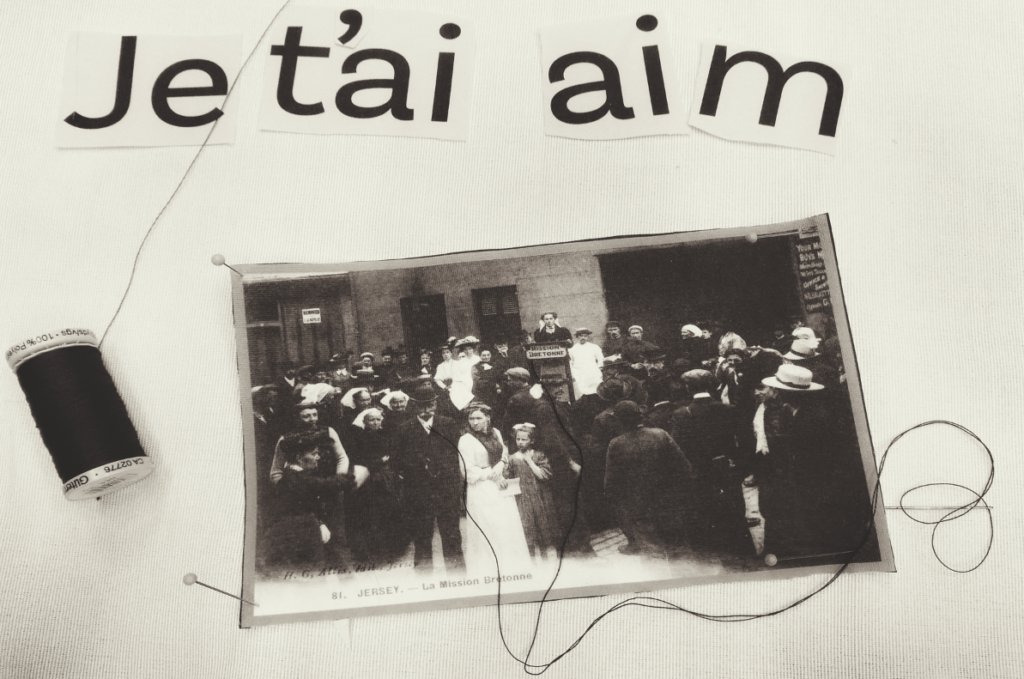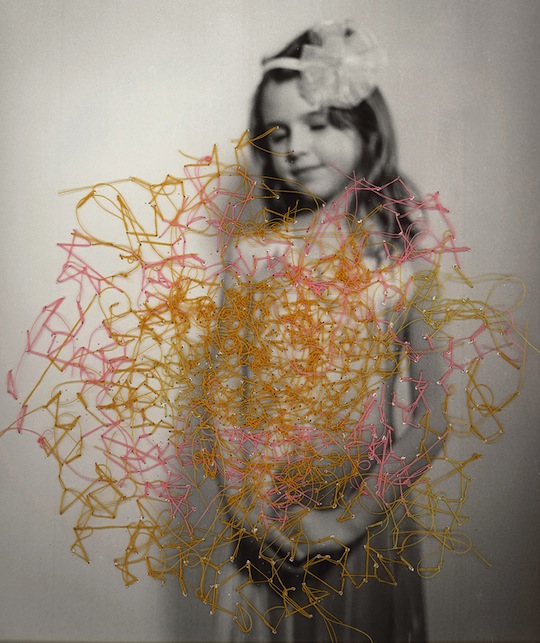Davy Evans
Davy Evans is an award winning multi-disciplinary artist and designer based in Brighton. With a background in graphic design, Evans fuses practical effects and digital techniques to create ethereal abstract imagery. He often manipulates light and liquid to replicate colour, form, and distortions inspired by natural phenomena. His work is combined into beautiful still, eyewatering creations:

And also animated distortive art visuals:
His works combine real life natural elements such as flowers with hyper realistic and futuristic astrophysical elements into one hypnotic visual. His work makes me use big words like I just did; to describe what is to be seen in Davy’s work is quite a challenge as it is so out of this world. Davys work sets a bar for what is possible for the future of digital art and the world of NFT’s.
https://www.davyevans.co.uk/work
His work inspires th efuture of art, not only for how evolutianary and digitaly advanced it is but also for how he creates it, remembering the basics of the creative process.
“I try to play with new materials and photography techniques whenever I can, allowing for happy accidents to form organically,” he says. “I like the challenge of making something out of nothing; for example, I’ll often try to use everyday household items to create effects.”
I want to include the digital design and colourful abstract elements of Davy’s work into my NFT project.

The above image is from Evans latest series during the UK’s lockdown from the Covid Pandemic. He created this work using the simplicity of flowers, water and glass. The simplicity of the arrangement adds to the absurdity of the artwork. Turning simple elements into such a complex looking, hypnotic piece.
The composition of the piece is chaotic with many elements for the eye to take in. The water droplets forming perfect cell like structure in the foreground combined with the colour they adapt taken from the flower in the background, make for a staggering piece. The image looks like a digital artwork with how supernatural it looks. Colour leaks into every corner of the composition, leaving no pixel monochrome. For how abstract the image is, Davy still manages to include tonal elements, some of the pink/salmon areas of the flower are bright and highlighted, while in the centre of the composition and the frames of the waterdrops, we see shading. I also like the blend of cool and warm temperatures in the same composition.
William Kentridge

https://www.tate.org.uk/art/artists/william-kentridge-2680
William is an artist from my hometown Johannesburg, South Africa. Unlike the majority of successful white South Africans, he still lives there, and operates out of the heart of ‘Jozi’. He makes drawings which he often turns into animated films. Sometimes there are also performers in front of the animated film and his work integrates into a theatrical piece. He describes this as a ‘drawing in four dimensions’. His process all starts from charcoal drawings. He uses charcoal for a varied number of reasons but mainly its flexibility, room for change and experimentation in the animation process. “You can change charcoal as quickly as you can change your mind”.

Charcoal is easy to erase and it has an abundant granularity to it. Its tonal range is good for photographing. It is also not as meticulous as other art mediums and has a speed and flow that the artist can adopt. William creates his animations frame by frame. This means his process involves making slight adjustments, step by step, and making photographs in between each adjustment. This proves to be a timely method and therefore the speed the charcoal adapts it important.

Williams normal animation setup in his studios include a physical walk from the camera to the canvas where his drawings are made. His frame by frame process involves his walking between the camera and the canvas hundreds of times. He describes this process as a physical but also mental process when new ideas are suggested.
William believes that art needs an initial impulse which has to be enough to get the first drawing done and then in the physical activity of making the drawings, new ideas emerge and new possibilities engaged with until the piece takes shape.
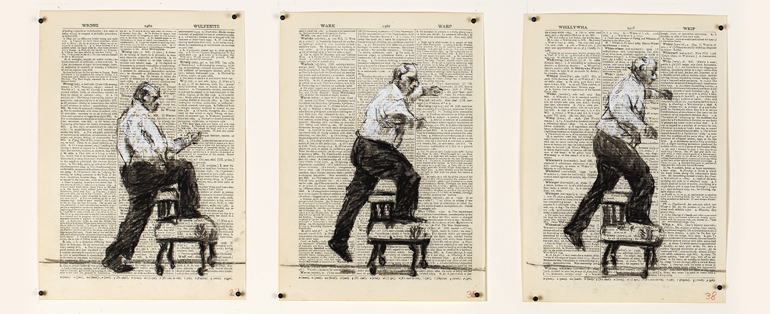
Williams position as an artist is one of self awareness, this is prevalent in every piece from start to finish. Williams art holds political and polemic weight. He describes himself as a child of privilege – he grew up a white middle-class South African who had the first 40 years of his life under the white privileging apartheid regime and the other 20 living in the South African democracy. He is highly aware of his privilege and also the lack of privilege the majority of South Africans experience. His work highlights both his insider and outsider aspects. This is why he choses to stay in South Africa and not flee the madness of it, is envelopes him in his work focusing on the community.

https://theconversation.com/uk/topics/south-african-politics-8463
These two artists have two different takes on digital art. Davy’s work encapsulates a movement of new ideas and forward thinking. This is represented in his very colourful and digitally advanced work. His work is much more futuristic and out of this world. His work is very much a part of the metaphysical and futuristic aesthetic that is emerging in modern times. Williams work, however, uses a much more tactile form of art, and one that is very much a classic method of expression dating back to when cavemen would draw on walls. He uses this dated method and gives it new life by going through a digitisation process and animating it. Unlike Davy, his art reflects on events that have already, or are currently raking place, instead of focusing on movement into the future. His work is a lot less colourful; for the most part William only works black on white.



